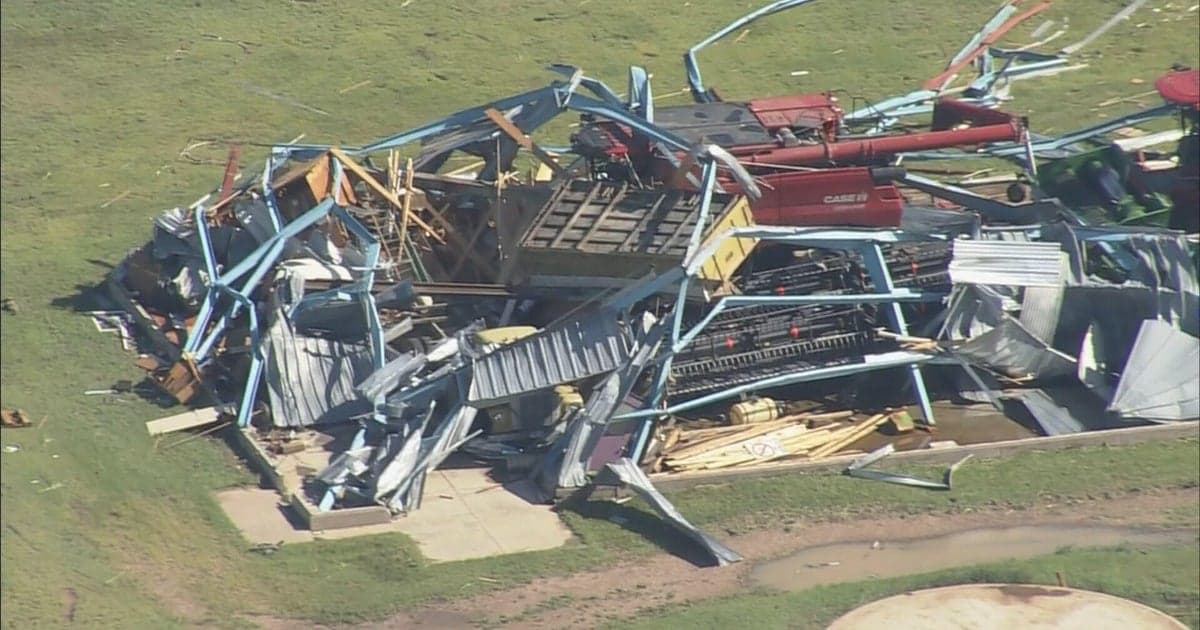Series of crashes and storms strain Yuma County services
A string of traffic incidents and storm related impacts were reported across Yuma County between Nov. 10 and Nov. 21, 2025, producing multiple hospitalizations and prompting investigations. These daily briefs and photo galleries matter to residents because they highlight continuing risks on local roads, the weather driven hazards that affect travel, and the burden on emergency responders and health services.

Between Nov. 10 and Nov. 21, 2025, KYMA reporter Marcos Icahuate published a succession of community safety and traffic briefs that chronicled a week of crashes, injuries, and storm damage across Yuma County. Reports included a woman struck by a vehicle on Avenue 5E, a motorcycle crash on Eighth Street, and collisions in the vicinity of Kiwanis Park, among other incidents. Local emergency agencies including the Yuma Police Department, the Yuma County Sheriff s Office, and the Arizona Department of Public Safety responded to scenes and, in several cases, transported people to hospital for treatment.
The sequence of reports underscored two overlapping local hazards. First, traffic safety incidents resulted in immediate harm and opened investigations that rely on community cooperation. Investigators issued calls for witnesses in several cases, seeking information to clarify circumstances and to support prosecutions or crash reconstruction. Second, a series of November rain events and storms left visible impacts on roads and neighborhoods, documented in photo galleries that accompanied the briefs. Photos and short updates showed water on roadways and storm damage that contributed to travel disruption and complicated emergency response.
For residents the practical effects were tangible. Collisions created temporary road closures and slowdowns, complicating commutes for essential workers and disrupting local traffic flow. Hospitalizations placed additional demand on health system resources during a period of heightened need. The storm related damage highlighted how weather can magnify existing infrastructure vulnerabilities, especially in areas with limited drainage or pedestrian facilities.
The pattern of incidents points to policy and prevention priorities. Strengthening street lighting, crosswalks, and sidewalks can reduce pedestrian risk. Continued emphasis on motorcycle safety education and helmet use, combined with targeted traffic enforcement, may lower severe injury rates. Emergency response agencies need sustained support to manage concurrent weather and crash related call volumes. Equity considerations are central, because lower income households and people who rely on walking or public transit are disproportionately exposed to street hazards and storm impacts.
Local officials and public health leaders can use this reporting as an impetus to review traffic safety plans, stormwater management, and trauma care capacity. In the short term residents should monitor local traffic advisories and weather updates, and come forward with any information if they witnessed incidents that investigators are still examining.


